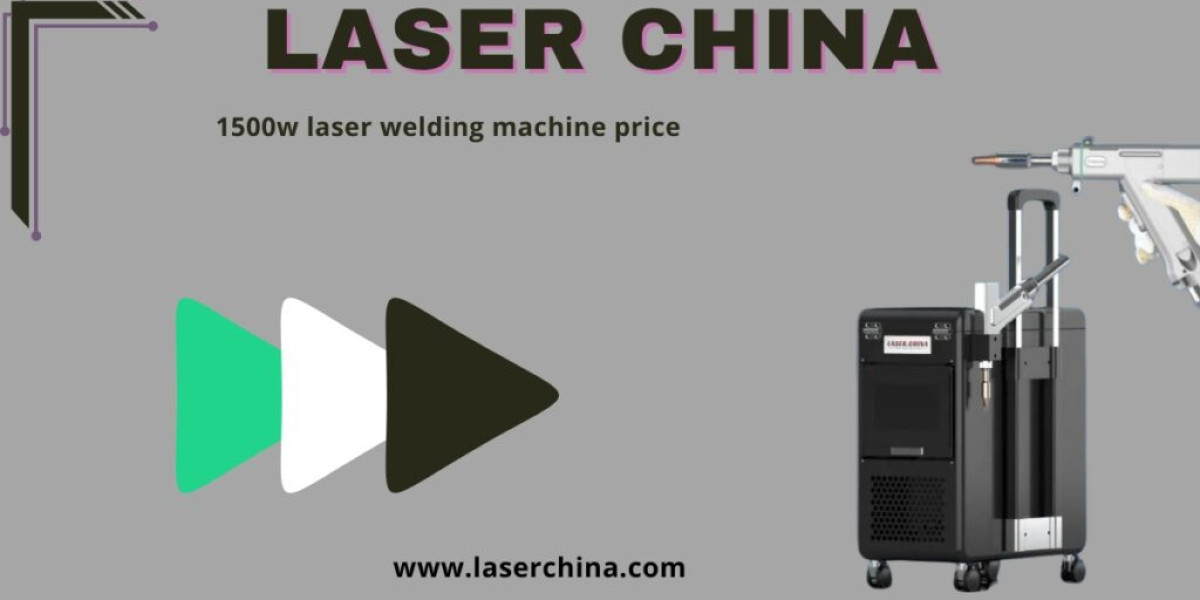A laser level is a modern tool used to measure and project precise horizontal, vertical, or angled lines over a surface. Unlike traditional spirit levels, which rely on bubble vials and require manual alignment, laser levels use a laser beam to create an accurate, straight reference line that can extend over long distances. This makes them highly valuable in construction, carpentry, interior design, and many other tasks where precision and alignment are critical.
The working principle of a laser level involves emitting a laser beam from the device, which can either be a red or green light, onto a surface. The beam creates a highly visible straight line, allowing users to easily check the level, plumb, or alignment of walls, floors, ceilings, or other objects. Some advanced laser levels can rotate 360 degrees, projecting continuous lines across an entire room. Others can create cross lines or grid patterns for more complex projects. Many models are self-leveling, meaning the device automatically adjusts itself to maintain a perfectly straight line even on slightly uneven surfaces.
One of the main advantages of a laser level is its accuracy. Traditional levels can be difficult to read over long distances or large surfaces, but laser levels allow for precise measurements across meters or even tens of meters. This precision is essential for tasks such as installing cabinets, tiles, drop ceilings, framing walls, or hanging pictures in perfect alignment. The laser provides a reference that is easier to see, measure, and work with compared to manual methods.
Laser levels are also time-saving and efficient. Instead of repeatedly checking alignment with a spirit level, users can set up a laser level in a central location and have a visible reference across the workspace. This allows multiple people to work simultaneously without constantly adjusting measurements. For construction projects, this improves workflow, reduces errors, and ensures professional-quality results.
Another benefit is versatility. Laser levels come in different types, including line laser levels, rotary laser levels, and dot laser levels. Line laser levels are ideal for indoor tasks like tiling or picture hanging. Rotary laser levels are more powerful and suitable for outdoor construction sites, large-scale leveling, or grading. Dot laser levels project single or multiple points, which is useful for alignment or transferring measurements from one surface to another. Some modern laser levels also include additional features such as digital displays, remote controls, and laser detectors for outdoor use.
Safety and maintenance are important considerations. Laser levels are generally safe, but it is essential to avoid direct eye exposure to the beam. Protective eyewear is recommended, especially with high-powered lasers. Regular cleaning of the lens and careful handling will keep the laser level accurate and extend its lifespan.
In summary, a laser level is an essential tool that uses laser beams to create accurate, straight reference lines for construction, alignment, and measurement tasks. Its precision, efficiency, and versatility make it superior to traditional levels, allowing professionals and DIY enthusiasts to achieve perfect alignment, save time, and improve work quality. By projecting clear horizontal, vertical, or cross lines, laser levels simplify tasks ranging from home improvement to large construction projects.












